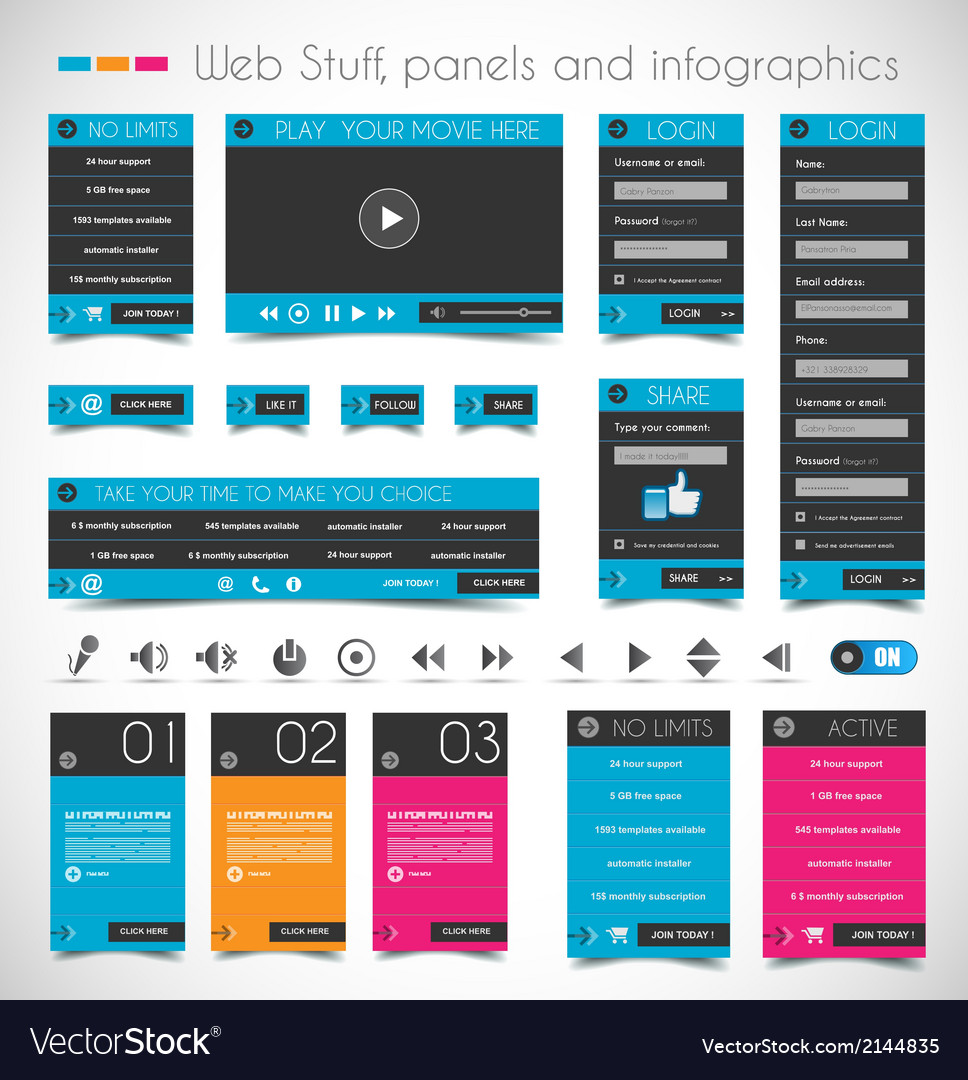Core Principles Of Website Layout: Advice For Crafting A User-Friendly Online Existence
Core Principles Of Website Layout: Advice For Crafting A User-Friendly Online Existence
Blog Article
Post Written By-Hovmand Gammelgaard
When it involves web site layout, making certain user-friendliness is key. From responsive design to streamlined navigating, every aspect plays a vital duty in creating a site that satisfies your target market's requirements. Yet what about the better information that can make or damage an individual's searching experience? Keep tuned as we uncover some often-overlooked suggestions that can raise your internet site's usability to the following degree, making it genuinely stand out in the electronic landscape.
Relevance of Responsive Layout
Receptive layout is an essential facet of modern-day internet site advancement. Guaranteeing your internet site is receptive methods that it can adapt to different screen sizes and gadgets, providing a smooth experience for customers.
With the boosting use smart devices and tablet computers to access the net, having a receptive design is vital for reaching a larger target market. It helps in boosting user experience by making your site very easy to browse and continue reading any type of device.
Furthermore, receptive design can favorably affect your online search engine positions, as internet search engine like Google prioritize mobile-friendly websites. By having a receptive design, you're also future-proofing your web site, as new tools with varying display dimensions continue to emerge.
Simplify Navigating Framework
To improve individual experience and facilitate easy accessibility to info on your site, enhancing the navigation framework is vital. When creating your website, focus on creating a clear and user-friendly navigation menu that helps visitors discover what they're trying to find promptly.
Restriction the number of food selection items to the essentials, grouping associated web pages together to prevent overwhelming users. Use descriptive tags that plainly suggest the web content of each web page, making it simpler for individuals to understand where each link will take them.
Consider applying dropdown food selections for subcategories to avoid cluttering the major navigating bar. In web developer and web designer , include a search bar prominently on the web page for users that choose looking for particular information.
Focus on mobile responsiveness in your navigation design to ensure simple access on all tools.
Enhance Web Page Load Rate
Improving web page lots rate is vital for maintaining site visitors on your internet site. Slow-loading ada compliant websites examples discourage users and can cause high bounce rates. To maximize web page load speed, beginning by enhancing images. Compress pictures without compromising quality to lower their data sizes.
Additionally, enable web browser caching to keep often accessed resources in your area, speeding up tons times for returning site visitors. Minify CSS, JavaScript, and HTML documents by removing unneeded characters, remarks, and format, improving tons speed.
Think about making use of a content shipment network (CDN) to distribute your site's content across several web servers worldwide, decreasing latency for customers accessing your website from various places. Lastly, limit making use of third-party manuscripts and plugins, as they can considerably influence load times.
Conclusion
In conclusion, by integrating receptive design, streamlining navigating, and optimizing web page lots speed, you can produce a straightforward site that attract a wider audience and enhances customer experience. These essential elements make certain that visitors can conveniently access and browse your site throughout various tools, causing raised interaction and contentment. By concentrating on these vital aspects, you can build a successful website that keeps customers returning for even more.
